The Ultimate Guide to Laser Engraving Titanium
This comprehensive guide will explore everything you need to know about processing titanium with lasers, from understanding the unique material properties to choosing the perfect machine for your application.
Whether you're researching a new process for your business or looking to invest in a laser system, you're in the right place.
Understanding the Processes: Marking, Etching, and Engraving Titanium
While often used interchangeably, "marking," "etching," and "engraving" refer to distinct laser processes that produce different results on titanium:
Laser Marking Titanium
This is a surface-level alteration that changes the optical properties or color of the titanium without significant material removal.
- Achieving Black Marks: Often achieved with MOPA fiber lasers, this involves precise heating and controlled oxidation or annealing of the titanium surface. The laser's energy creates a stable oxide layer or a micro-roughened surface that appears deep black, ideal for high-contrast traceability on medical devices or aesthetic finishes.
- Achieving White/Bright Marks: By adjusting laser parameters, a different interaction can occur, leading to surface melting and rapid recrystallization. This typically produces a bright, white, or frosted appearance with excellent contrast against the natural titanium color.
- Color Marking: While more complex and often requiring specialized lasers or techniques, certain parameters can produce interference colors on titanium by controlling the thickness of the oxide layer. This is an advanced aesthetic application.
Laser Etching Titanium
This process involves shallow material removal, creating a slightly tactile mark.
The laser ablates a thin layer of material from the surface, leaving a recessed mark that can feel slightly rough to the touch.
It's often used for creating durable, high-contrast text or logos that offer better readability and permanence than mere surface marking, without the depth of engraving.
Laser Engraving Titanium
This is the deepest form of laser processing, involving significant material removal to create a highly tactile and robust mark.
The laser makes multiple passes, vaporizing material layer by layer to create deep recesses.
Engraving is chosen for extreme durability, such as for industrial parts that will endure heavy wear, or when infilling with paint for enhanced visibility is desired.
Key Differences Summarized
- Etching: Shallow material removal, slightly tactile, good contrast.
- Engraving: Deep material removal, highly tactile, maximum permanence, and durability.
- Marking: Surface alteration, no significant depth, color change (black, white, sometimes color).
What Types of Lasers Are Best for Titanium
The choice of laser source is critical for successful titanium processing.
Not all lasers are created equal, especially when working with this unique material.
But the short answer is Fiber laser, UV laser, and IR Laser.
1. Fiber Lasers: The Workhorse for Metals
MOPA (Master Oscillator Power Amplifier) Fiber Lasers: These are often considered the gold standard for titanium.

MOPA lasers offer unprecedented control over pulse duration and frequency, allowing operators to fine-tune the laser's interaction with the material.
This precise control is what enables those coveted deep black marks on titanium, as well as a range of other effects like bright white marks and annealing, with minimal heat-affected zones (HAZ).
- Pulsed Fiber Lasers: Standard pulsed fiber lasers are also excellent for general marking, etching, and shallow engraving on titanium. They provide robust power and reliable performance for a wide range of applications.
- Key Considerations for Fiber Lasers: Their wavelength (typically 1064nm) is highly absorbed by metals like titanium. Power output (e.g., 20W, 30W, 50W, 100W+) dictates speed and depth capabilities, while beam quality influences the fineness of detail.
2. UV Lasers: For Finer Detail and Minimal Heat
Operating at a shorter wavelength (e.g., 355nm), UV lasers offer a "cold marking" process. This means they interact with the material on a molecular level with very little thermal impact.
They are ideal when precision is paramount, and preventing any heat-affected zone (HAZ) or micro-cracking is critical, such as for delicate medical implants or specific aesthetic finishes.

3. IR Lasers: Affordable Start for Beginners
Titanium is widely regarded as one of the best metals for laser engraving due to its durability and compatibility with infrared lasers, which typically operate in the ≈1064 nm wavelength range (e.g., Fiber and IR desktop lasers).
Laser Engraving Machine for Titanium
The best laser engraving machine for titanium depends heavily on your application: are you looking for basic marking, deep engraving, or the desirable color marking effect?
1. MOPA Fiber Laser (Master Oscillator Power Amplifier)
The MOPA laser is the ideal choice for titanium because it offers adjustable pulse durations and frequencies, which are essential for producing the signature colored markings on titanium (and stainless steel).
- Color Annealing: By carefully controlling the heat input, the MOPA laser creates a thin, transparent oxide layer on the titanium surface. The thickness of this layer determines which light wavelengths are constructively or destructively reflected, resulting in a specific color. This is a non-destructive marking process.
- Versatility: MOPA lasers are also excellent at general deep marking, fine etching, and achieving high-contrast black marks on titanium.
- Power: Models in the 20W to 60W range are common for marking and color work.
2. Q-Switched Fiber Laser (Standard Fiber)
The Q-switched fiber laser is the workhorse of industrial metal marking.
- Deep Engraving: If your primary need is fast, deep material removal (creating a tactile groove or pocket), the standard Q-switched laser is highly efficient. Higher wattage (50W+) is used for extremely deep or 3D-relief engraving.
- High-Speed Marking: It provides a permanent, high-contrast mark that is excellent for serialized parts and industrial branding.
- Limitation: It is less effective at color marking compared to a MOPA laser because its pulse characteristics are not as controllable.
3. Desktop Infrared (IR) Laser
For hobbyists or small businesses entering metal engraving on a budget, new desktop IR laser engraver offer an entry-level solution.
- Affordability: These are often small, integrated, or modular units that offer the 1064 nm wavelength required for metal.
- Application: They are best used for superficial surface marking (etching) and personalization on clean titanium surfaces, such as custom dog tags or simple logos on a knife handle. They are not suitable for deep engraving or industrial-scale production.

The End
For maximum versatility, the MOPA fiber laser is king, offering the ultimate control for titanium color marking and super fine detail.
Conversely, the Q-Switched laser delivers pure, raw power for deep, high-speed engraving where depth and speed matter most.
Finally, if you're looking for a simple, affordable entry point for basic surface marking on titanium, a desktop IR laser engraver will be your most cost-effective choice.


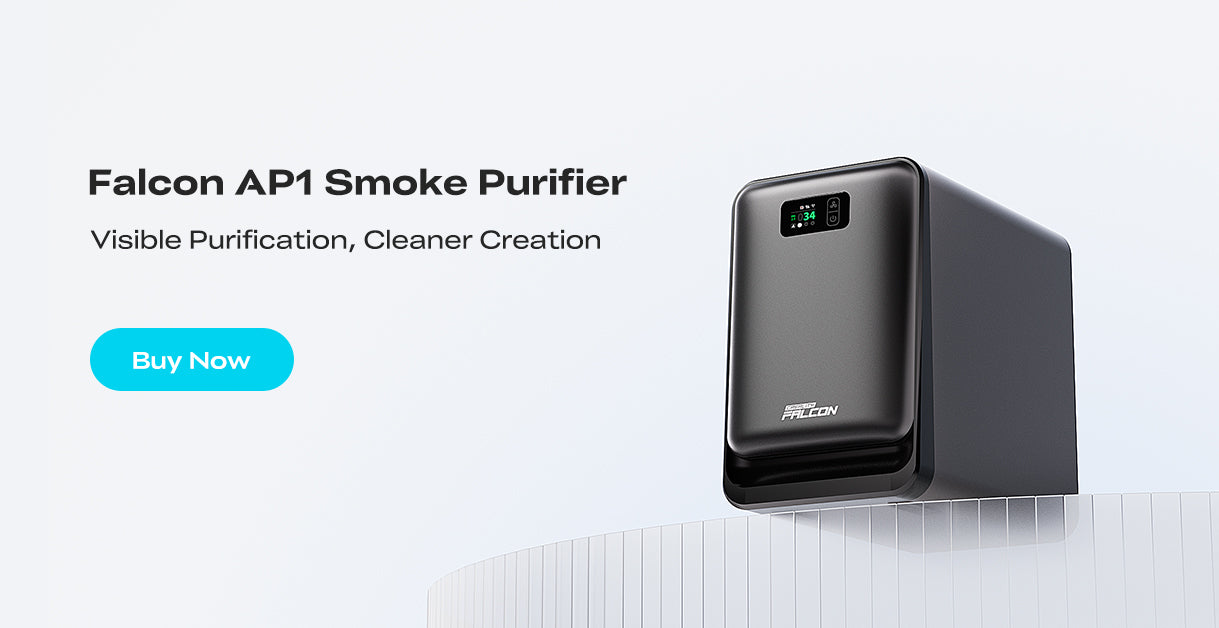



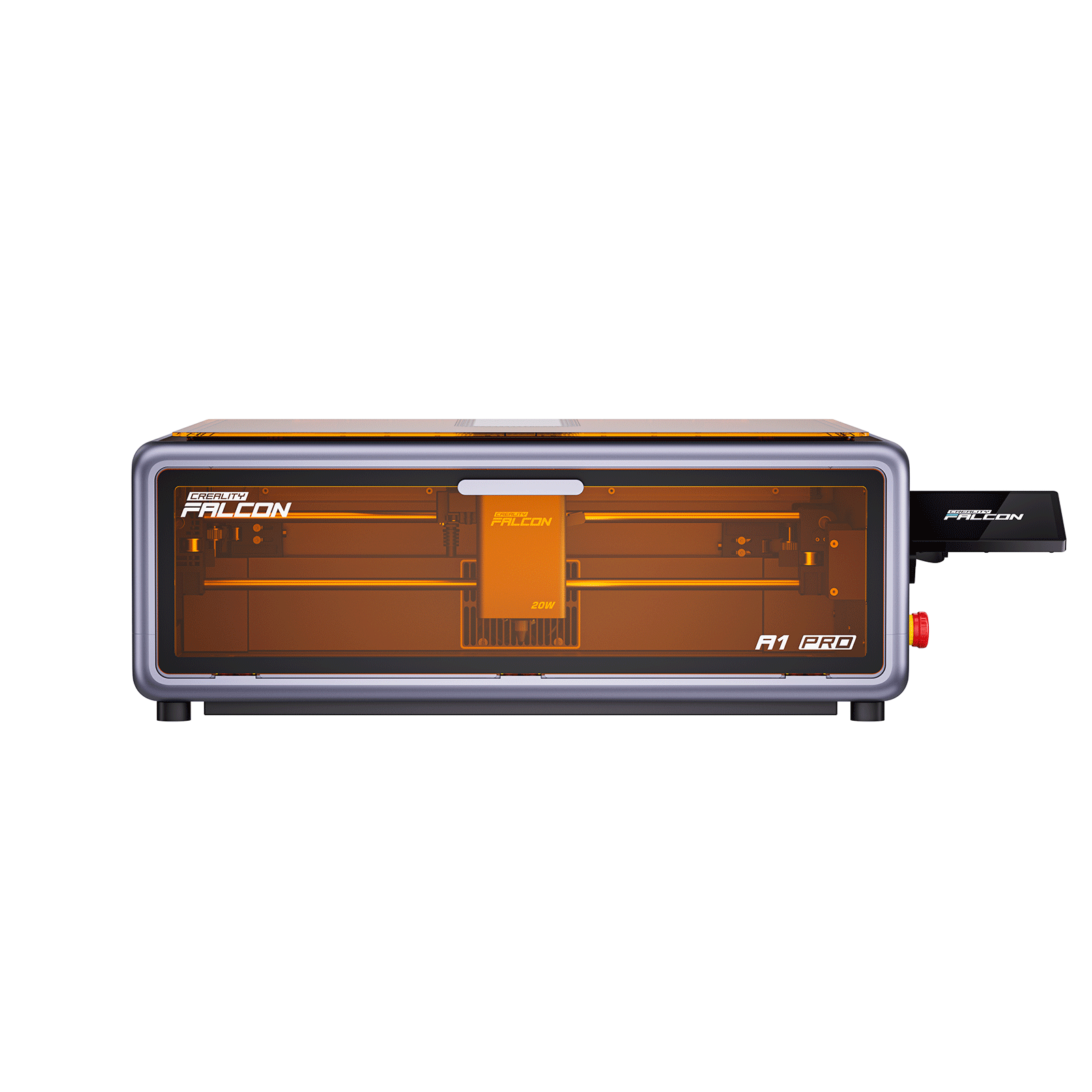


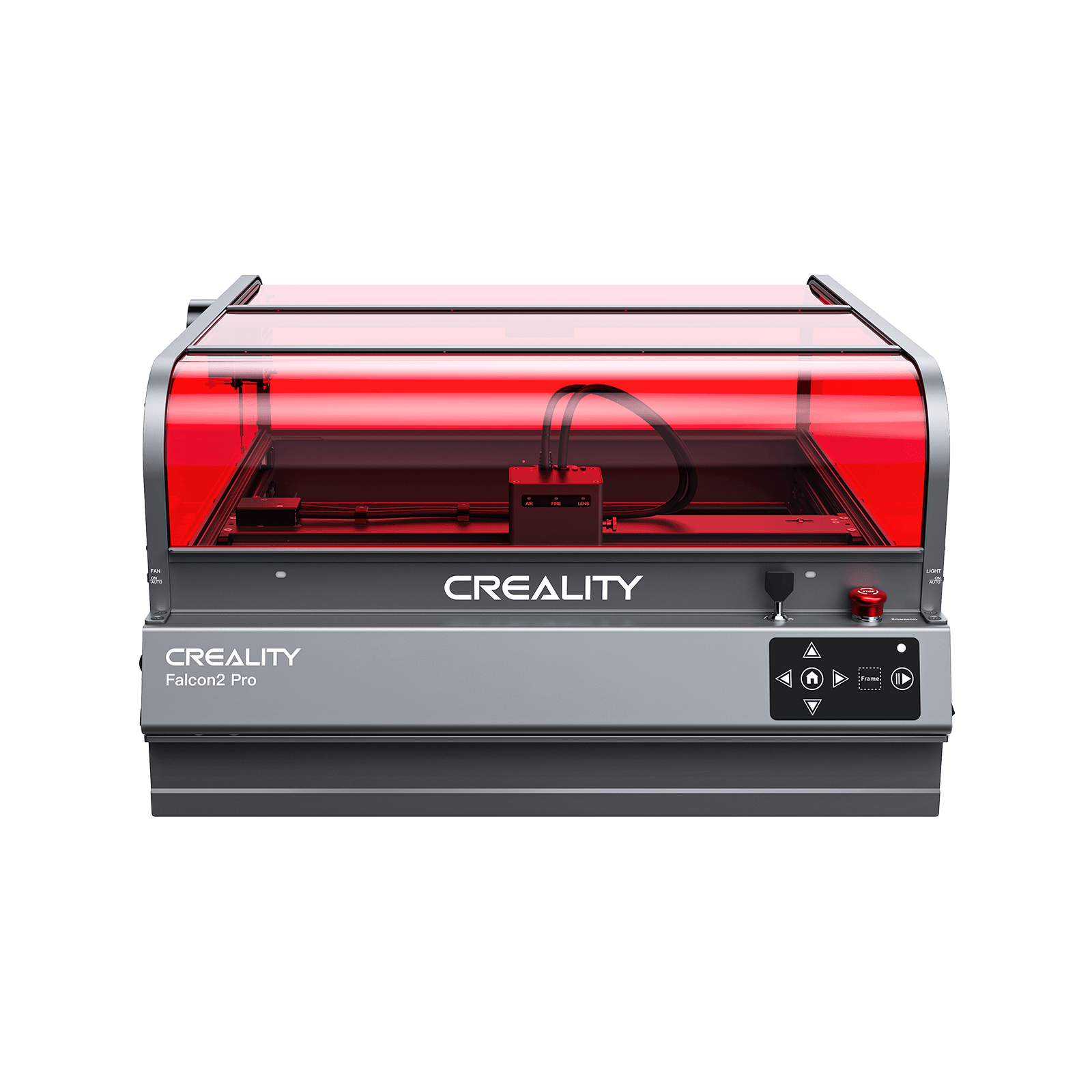






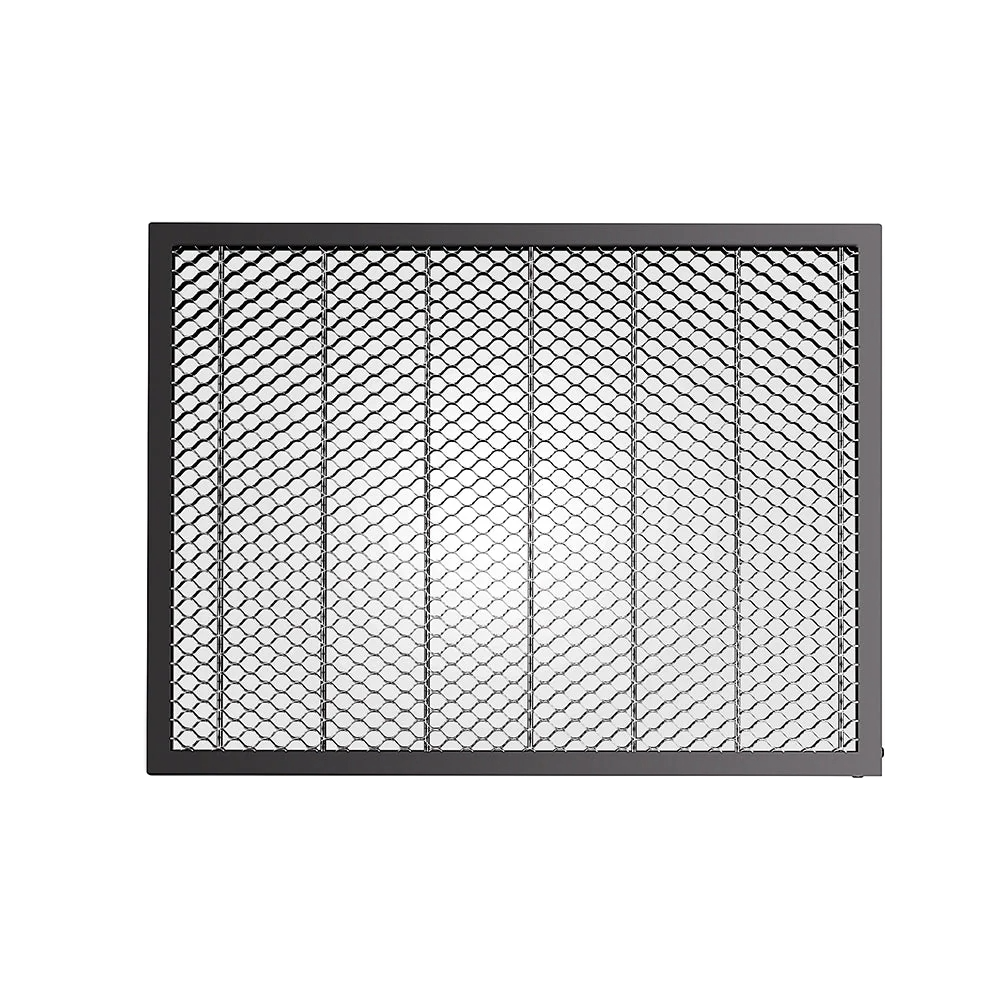







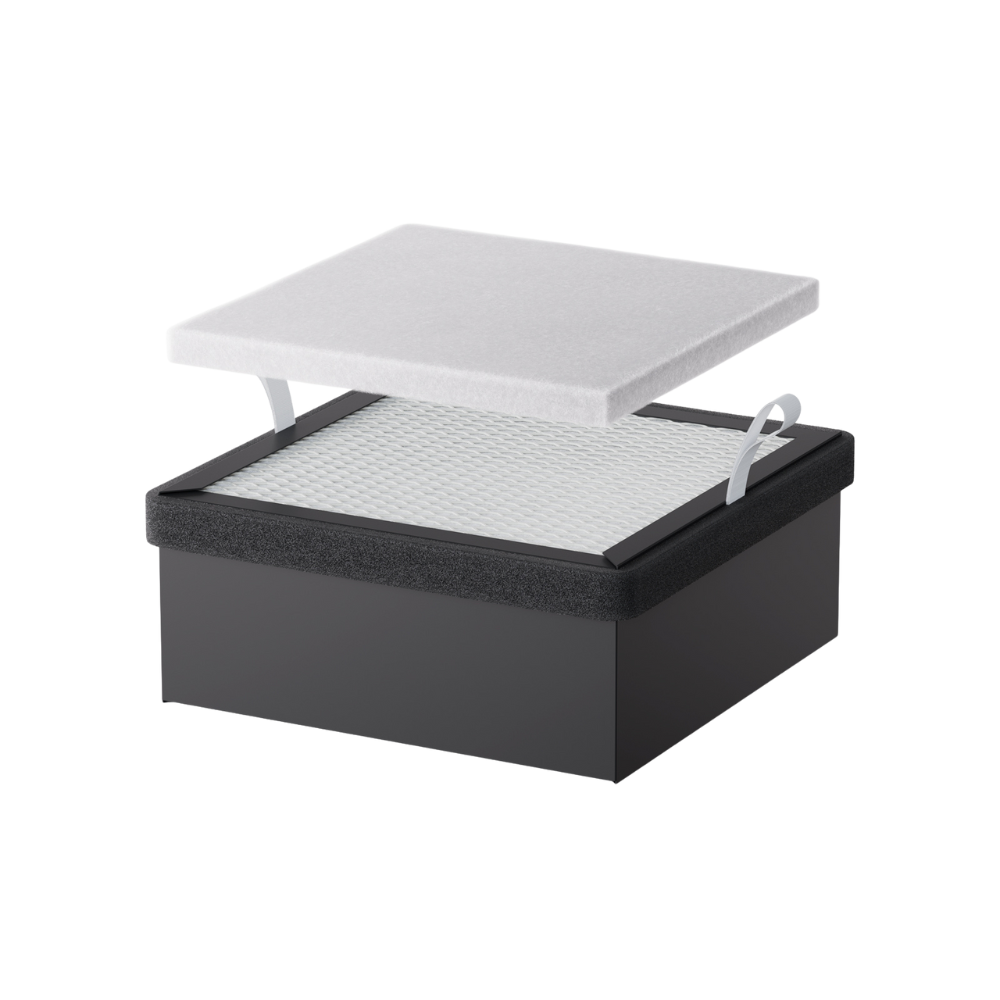







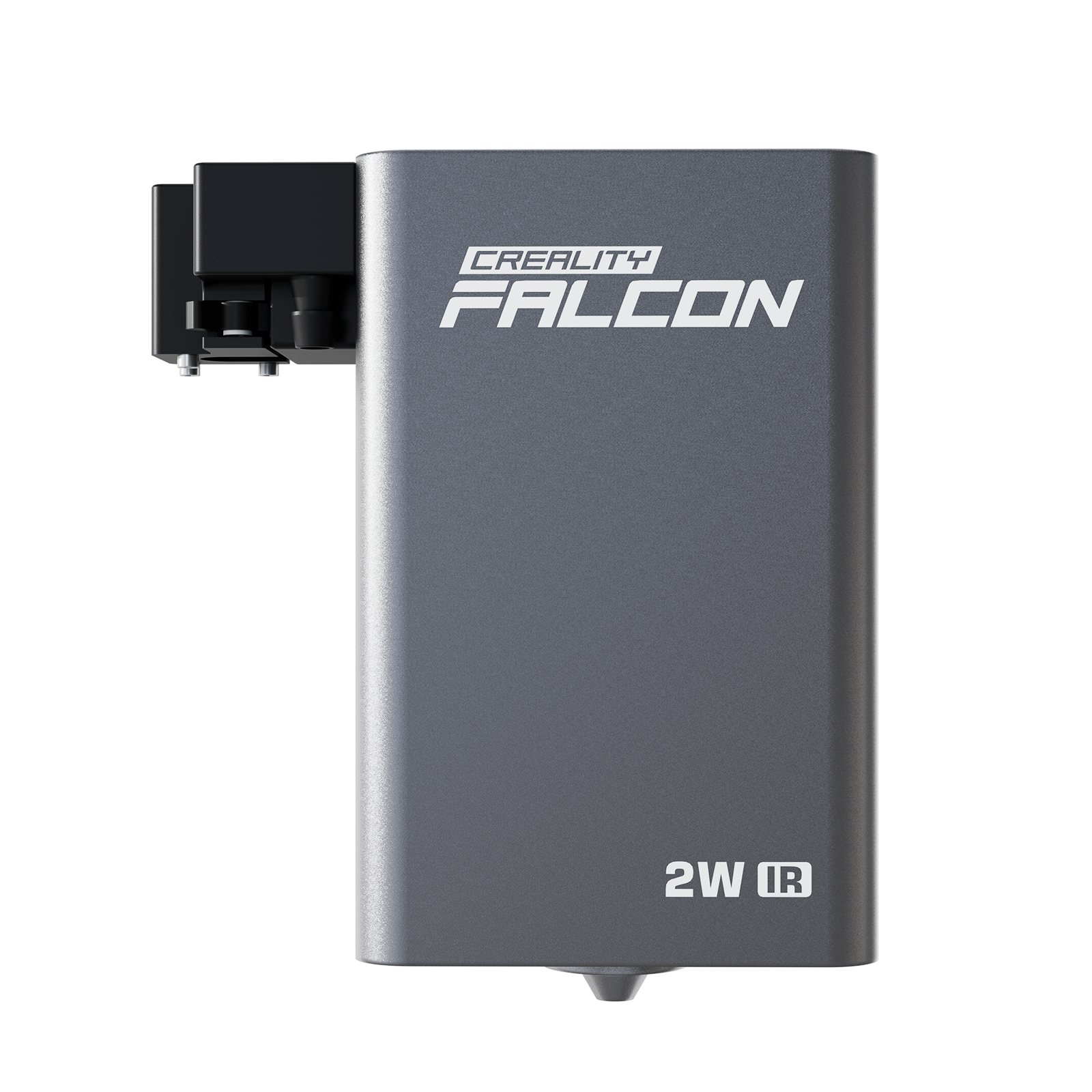







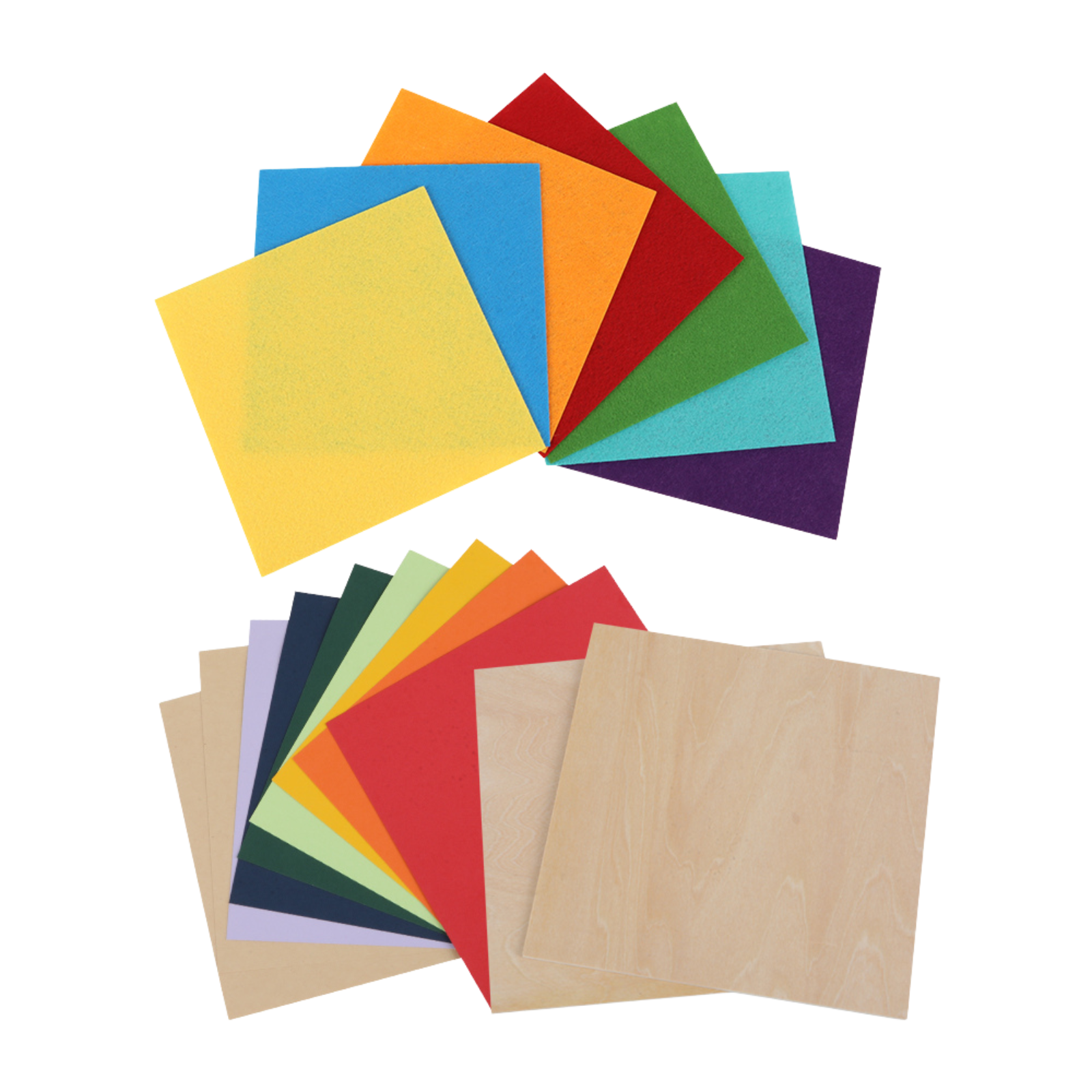
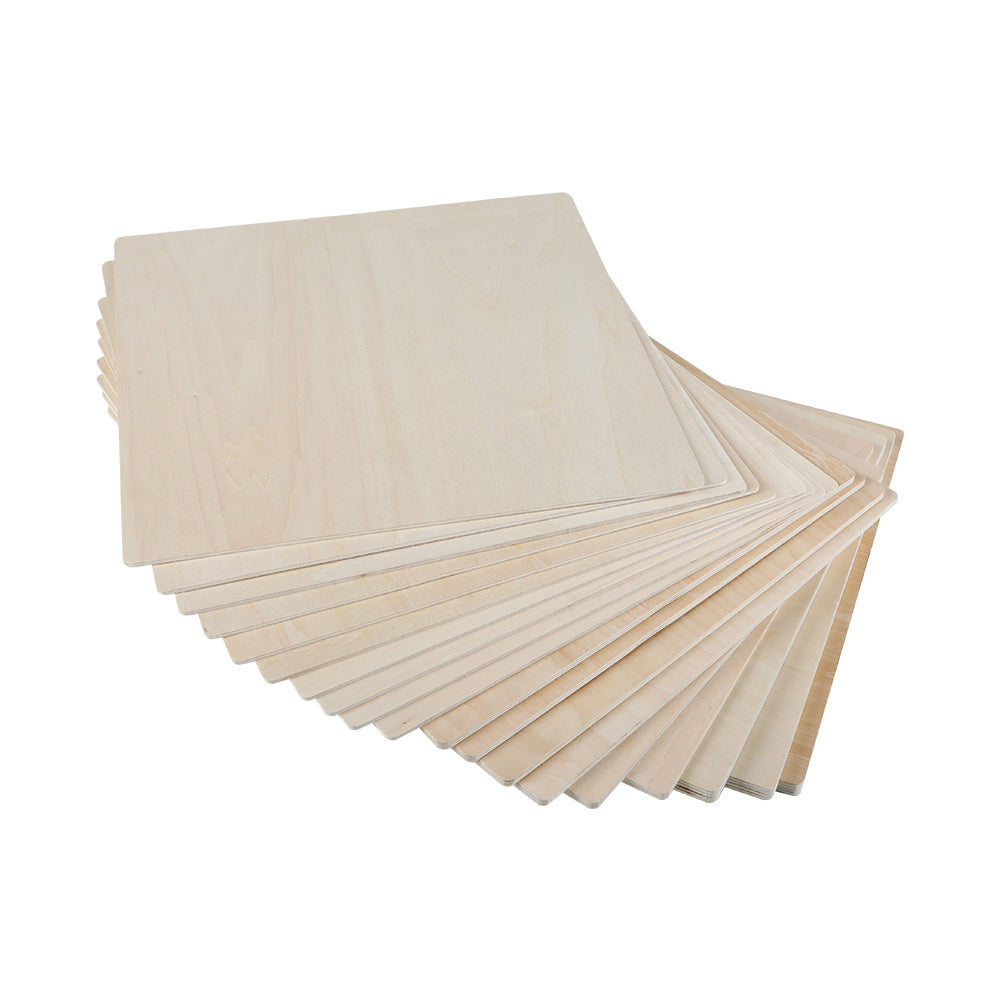









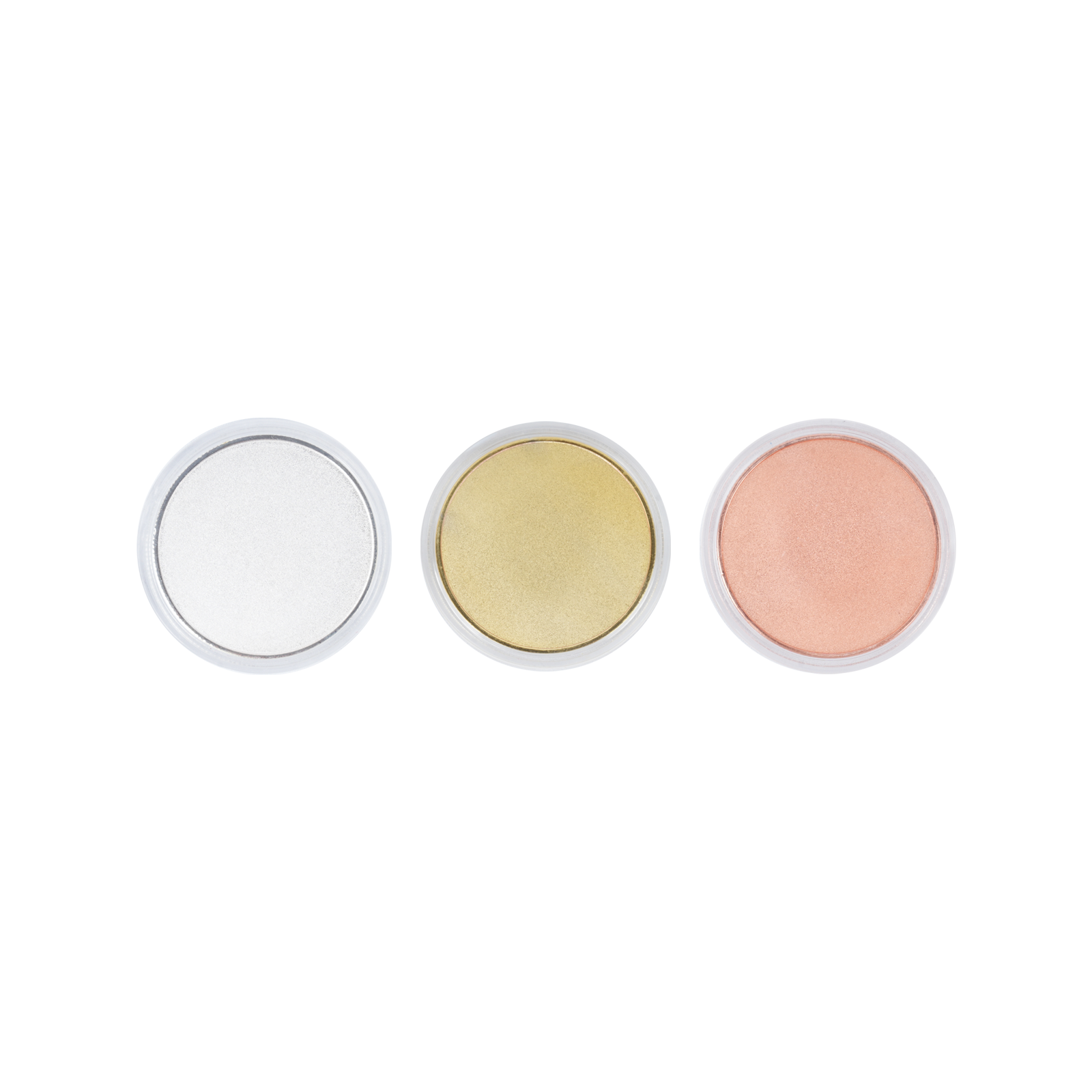
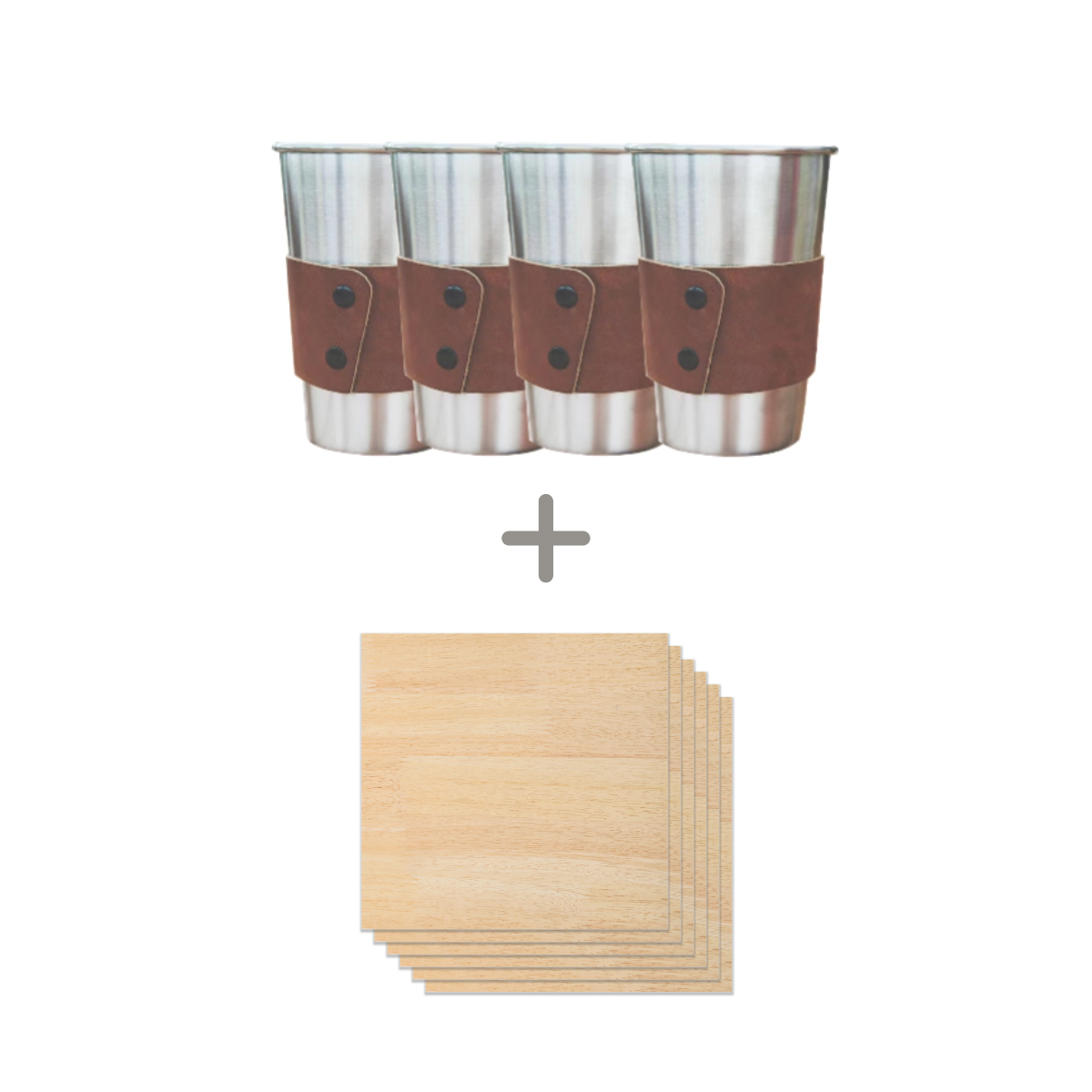
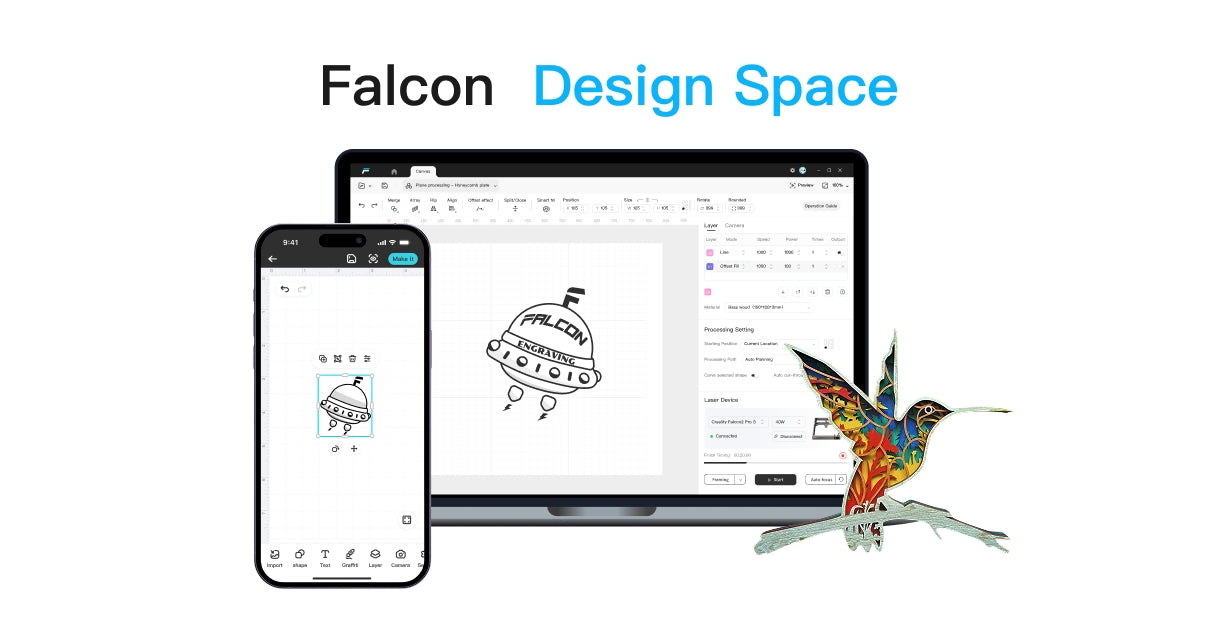


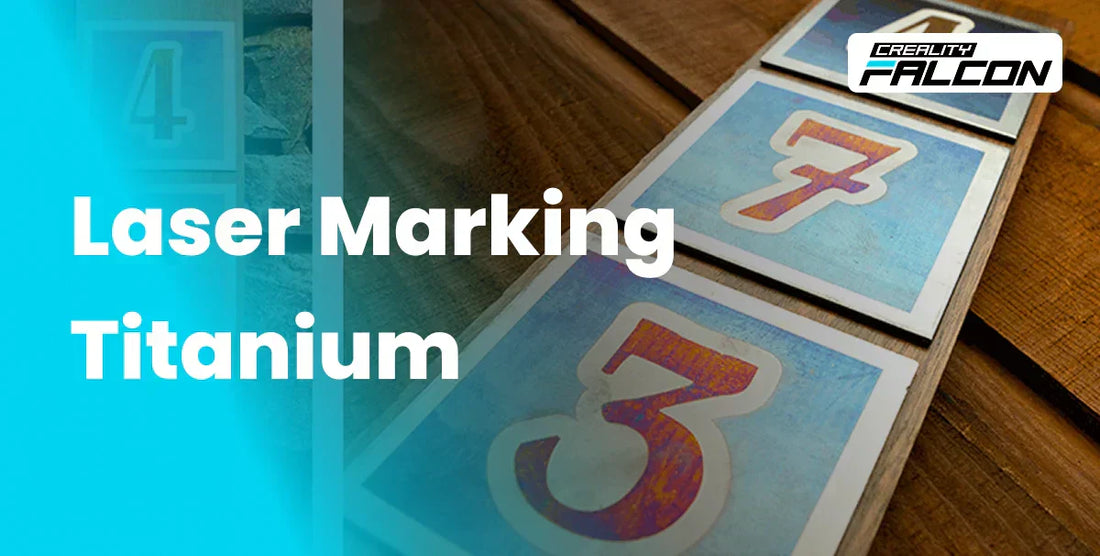

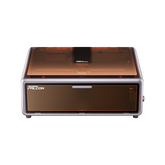
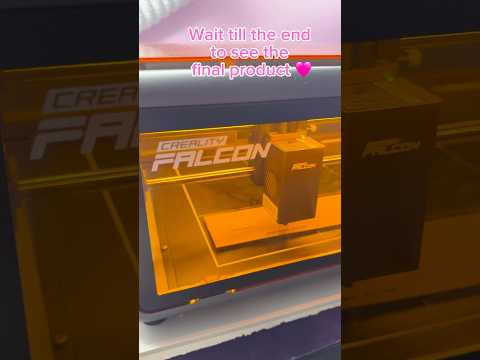
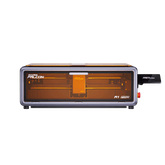
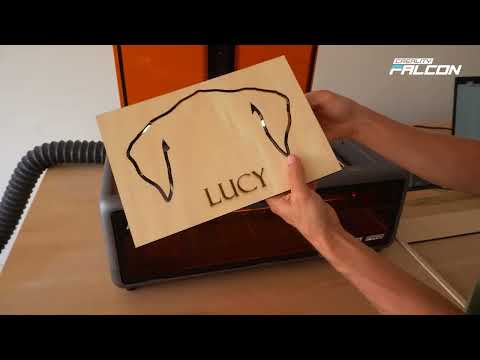
Leave a comment
Please note, comments need to be approved before they are published.